If you’re a developer or a startup with ambitions of designing the next revolutionary social media platform, you might want to pay attention to mental health. While it’s natural to be focused on the technical and development challenges, recent developments have made them not the only priority.
Research published in Frontiers Magazine shows that mental health issues, especially among youth, are at a crisis state and keep rising. The report reviewed over 89 studies in high-income countries and found that 80% of them reported rising levels of anxiety (164%) and depression (119%).
Today, there is increasing scrutiny about the impact that apps have on mental health, particularly among young people. In this article, let us look at why developers should be going back to the drawing board before implementing what seem like standard engagement features.
Why Should App Developers Suddenly Design for Mental Health?

This is a completely valid question to have. For the longest time, one of the biggest priorities for app development firms has been engagement and usage time. If an app relies on advertisements, this is even more so. To this day, engagement continues to remain a main priority, but recent lawsuits and potential legislation are painting a different picture.
Big companies like Meta are currently facing lawsuits due to allegations of features designed to induce addiction. In fact, one case was filed by a 13-year-old girl seeking $5 billion in damages that will be shared with other users if it becomes a class action. Likewise, there is a TikTok lawsuit on mental health right now getting considerable attention.
According to TruLaw, over 620 lawsuits are currently consolidated in a multidistrict litigation. They point out that features like the For You Page algorithm, infinite scroll with auto-play, and time-limited features are particularly problematic.
If you don’t want to end up in scandals yourself, this is a good time to see that your development plans include such features. If you develop apps or platforms in line with those that are getting lawsuits, now would be a good time to lawyer up. Have your legal team and other experts analyze your app or creation and flag anything that could potentially attract attention from litigating agents.
Preventing Metric-Related Numbers Isn’t the Only Priority

You might think that if you simply add features that remind users to take a break, you’d be in the clear. After all, that’s essentially telling users that they’re using the app for too long, and thus, unhealthy, right? If you think that such features might hold up in court, you might be disappointed.
Studies are constantly showing that the problem isn’t screen time. This has been confirmed by researchers at Weill Cornell, Columbia University, and the University of California. According to Dr. Yunu Xiao, limiting screen time was not effective, as compulsive use patterns were the significant factor. The study also found that youths who had high addictive use also showed a 3x risk of suicidal thoughts and behavior.
In other words, if it can be proven that there are features in your app that induce addictive behavior, that can be a problem. Even if you believe the link is vague at best, you can be sure that lawyers will find a way to make it look problematic.
Of course, this doesn’t mean that you can’t make an app that people use a lot. There’s nothing wrong with making a successful app. You just want to make sure that you’re not being manipulative with regard to UI, UX, and your algorithms. Don’t include features that trigger fear of missing out (FOMO) or deliberately use bright red to grab attention.
Respect your users and see if it’s possible to provide them with transparent metrics that your competitors aren’t showing. For instance, an option to see why a specific piece of content was recommended. Who knows, if you bring that level of openness, it might one day become the industry standard.
Prioritizing Well-Being Comes With Unexpected Advantages
It’s understandable to think that by avoiding engagement-driving features, you are giving your competitors an advantage. However, don’t forget that even if you see some impact on your earnings or growth, it can be offset by other benefits. For one, if you can make the ‘design for mental health’ a core value that guides your development, it can attract certain investors and consumers.
On the investors’ side, fundraising as a tech startup or developer is always challenging. However, focusing on a design for mental health is going to make receiving funds via Corporate Social Responsibility (CSR) programs easier. Sometimes, all you need for funding approval is a pledge that you are committed to a certain cause. So, keep an eye out for grants and investors that invest in entities that value mental health.
Likewise, there is a growing segment of users who are aware and dislike engagement-seeking apps. These are the people who seek out minimalist features and devices. It’s users like these who have given devices like The Light Phone III attention and a chance at success.
As one article from The Guardian notes, nostalgia for old classics like the Nokia 3310 fueled the #bringbackflipphones movement, which resulted in Nokia’s flipphone sales doubling in April 2023. The article also highlighted data that indicates that Gen Z is the only generation whose social media time has reduced since 2021.
Thus, start designing for mental health and for better overall well-being. This is what many consumers are looking for and need right now.
All things considered, mental health is an aspect that developers and designers haven’t really paid much attention to in the past. There wasn’t a real reason anyway. Everyone was seemingly satisfied and happy with the status quo. It’s only now that the impact of never-ending feeds and custom algorithms is catching up to people.
Wise developers and designers will notice this changing zeitgeist and the new desire that people have to reclaim their lives outside tech. You may still succeed by sticking to what worked over the last ten years, but why not be part of the change for the better?

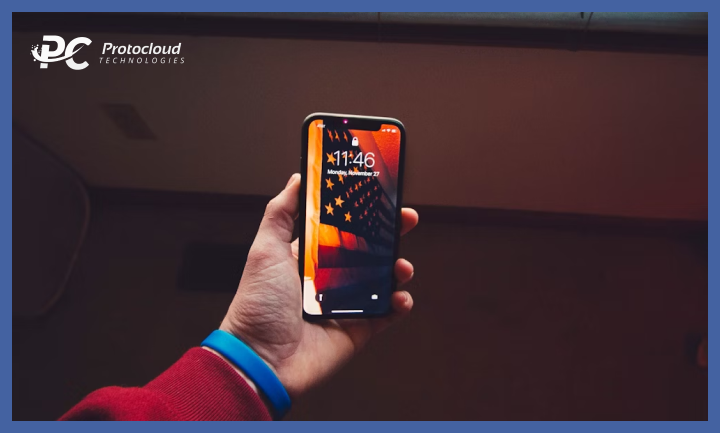

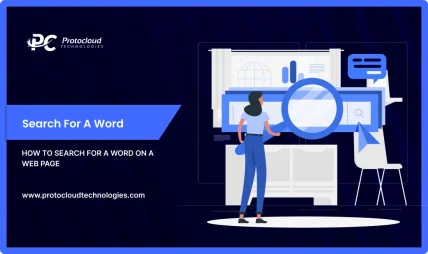
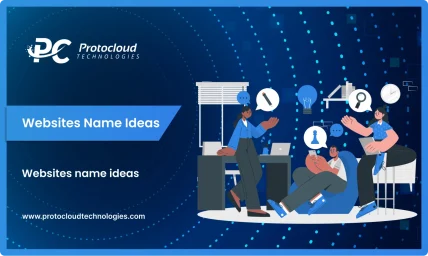
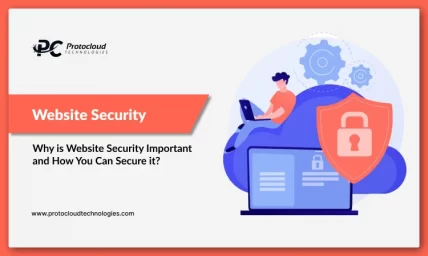


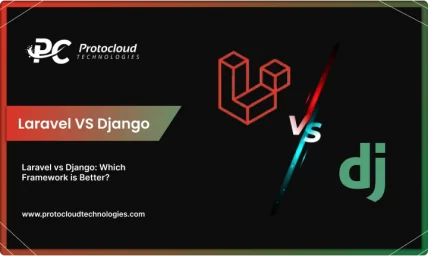


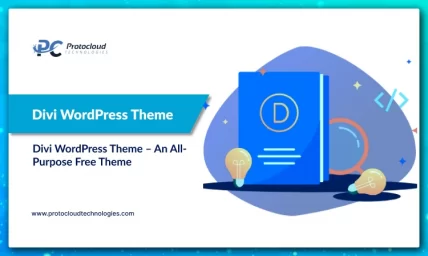
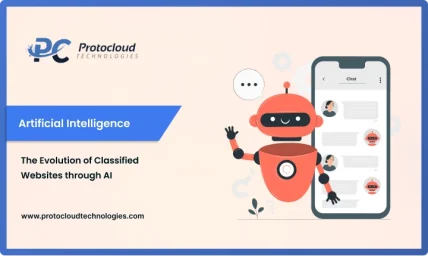


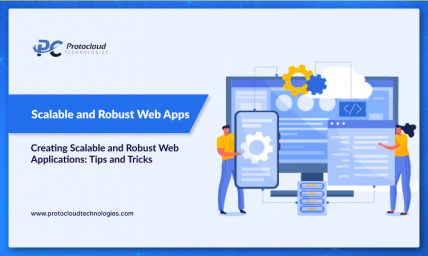

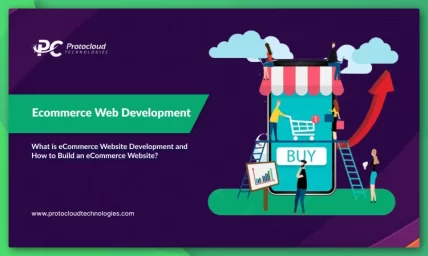
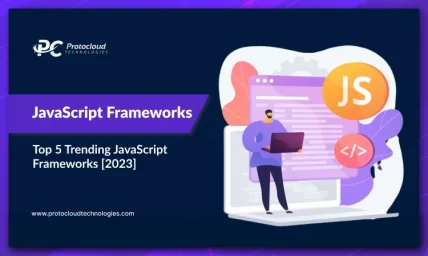
Leave a Reply